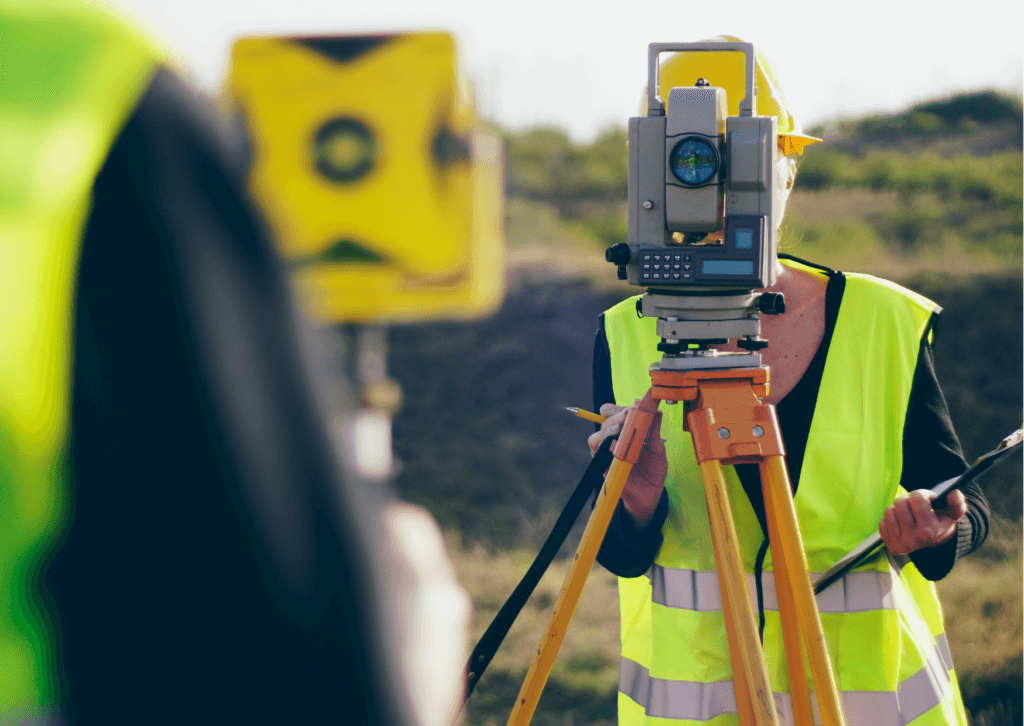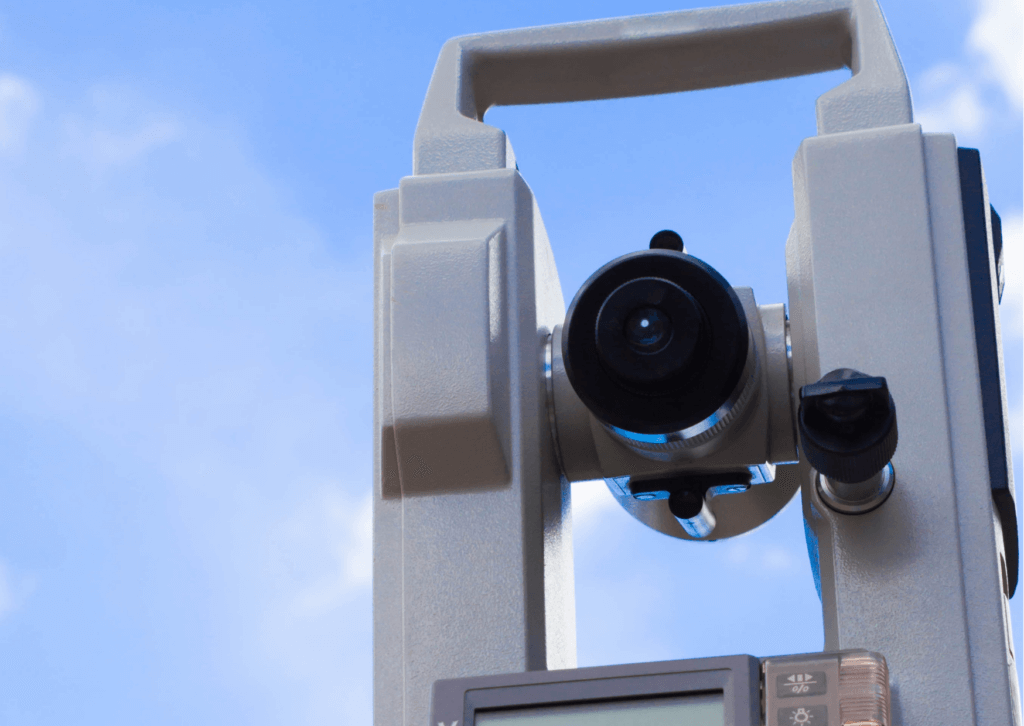While you may have heard of the term ‘topographical survey’ being batted around during a project, you might be looking to do some of your own research. Here’s our ‘Ultimate Guide to Topographical Surveys’ which should help answer any questions you may have.
Let’s start at the beginning.
What is a topographical survey?
Simply put, it is a detailed survey of an area of land that shows its physical features, such as hills, valleys, rivers, and roads. It is used to create a 2D or 3D map of the land, which can be used for a variety of purposes, such as planning construction projects, designing landscapes, or creating marketing materials.
Unsurprisingly, 2D or 3D maps are essential tools for core team members such as project managers. The maps will be fed into BIM in construction which stands for Building Information Modelling.
Project managers use the maps critically to plan the project, communicate with the team, track the progress of the project and document the project for directors and stakeholders alike.
You can see why choosing a highly experienced professional from the get-go can save thousands of pounds as well as time.

What is included in a topographical survey?
Typically, there are four stages of the topographical survey. However, within these stages are varying degrees of complex data acquisition and evaluation from the surveyor and client. A topographical survey typically includes the following:
- Surveying Equipment: A variety of surveying equipment is used to collect data for a topographical survey, such as a total station, a theodolite, and a level. (but we’ll talk more about this further down).
- Data collection: The surveyor will use the surveying equipment to collect data on the physical features of the land, such as its elevation, slope, and vegetation.
- Data processing: The surveyor will use software to process the data collected from the field and create a 2D or 3D map of the land.
- Report: The surveyor will create a report that summarises the findings of the survey and includes the 2D or 3D map which feeds into BIM.
What does a topographical survey show?
No two surveys are the same. The type of information that is included in a topographical survey will vary depending on the purpose of the survey. However, all topographical surveys will typically include the following information:
- The location of the survey area
- The elevation of the land
- The slope of the land
- The location of natural features, such as rivers, lakes, and trees
- The location of man-made features, such as buildings, roads, and bridges
You can see how this information would certainly help inform progress and adjustments to planning cross-departmentally.

What are the benefits of a topographical survey?
While you’d think it’s only the construction sector who take advantage of this detailed survey, there are other uses for its purpose too.
Obviously, topographic surveys can be used to plan construction projects. But you might be surprised to know that design and marketing are often the other two main users of a topographic survey. Let’s take a look at why:
Designing landscapes: Can be used to design landscapes by providing information on the physical features of the land, such as its elevation, slope, and vegetation. This information can help to create a landscape that is both aesthetically pleasing and functional.
Creating marketing materials: A topographical survey can be used to create marketing materials, such as brochures and websites, by providing information on the physical features of the land. This information can help to attract potential customers and investors.
Which sectors use topographical surveys?
Topographical surveys are used by a variety of sectors, including:
- Construction: Construction companies use topographical surveys to plan and design construction projects.
- Engineering: Engineers use topographical surveys to design roads, bridges, and other infrastructure.
- Architects: Architects use topographical surveys to design buildings and landscapes.
- Landscape Designers use topographical surveys to design garden layouts.
- Real estate: Real estate agents use topographical surveys to assess the value of properties.
- Government agencies: Government agencies use topographical surveys to plan land use and development.
How much does a topographical survey cost?
Unsurprisingly, this is a complex question due to varying factors. The cost of a topographical survey varies depending on the size of the area being surveyed, the complexity of the survey, and the experience of the surveyor. In general, a topographical survey can cost anywhere from £1,000 to £10,000.
How long does a topographical survey take?
The time it takes to complete a topographical survey depends on the size of the area being surveyed, the complexity of the survey, and the availability of the surveyor. In general, a topographical survey can take anywhere from a day to a few weeks.
What is used to measure a topographical survey?
There are a variety of surveying equipment that can be used for a topographical survey. Some of the most common types of equipment include:
- Total stations: A total station is a surveying instrument that combines the functions of a theodolite and an electronic distance meter. It can be used to measure angles and distances and to create 3D models of the land.
- Levels: A level is a surveying instrument that is used to measure the elevation of the land. It can be used to create 2D maps of the land, and to ensure that the land is level.
- GPS receivers: GPS receivers can be used to collect data on the location of points on the land and instantly relate the position to the National Grid coordinate system. This data can be used to create 2D or 3D maps of the land.
- Laser scanners: Laser scanners can be used to create 3D models of the land. This data can be used for a variety of purposes, such as creating virtual reality models of the land or for collision avoidance systems.
The type of equipment that is used for a topographical survey will vary depending on the size and complexity of the area being surveyed, as well as the experience of the surveyor.
What would affect the production of the topographical survey?
A variety of factors can affect the production of a topographical survey, including:
- The accuracy of the surveying equipment: The accuracy of the surveying equipment used to create the survey will affect the accuracy of the survey.
- The skill of the surveyor: The skill of the surveyor will affect the accuracy of the survey.
- The weather conditions: The weather conditions can affect the accuracy of the survey. For example, if it is raining or snowing, the surveyor may not be able to locate all the necessary features of the site.
- The topography of the land: The topography of the land can affect the accuracy of the survey. For example, if the land is very hilly, the surveyor may not be able to get an accurate reading of the land.
It is important to be aware of these factors when interpreting a topographical survey. If you are unsure about the accuracy of a survey, it is best to consult with a qualified surveyor. If you’d like to explore our range of services at Midland Survey, get in contact today. Our highly experienced team are happy to guide you through our processes and service to accommodate the right survey for your project.